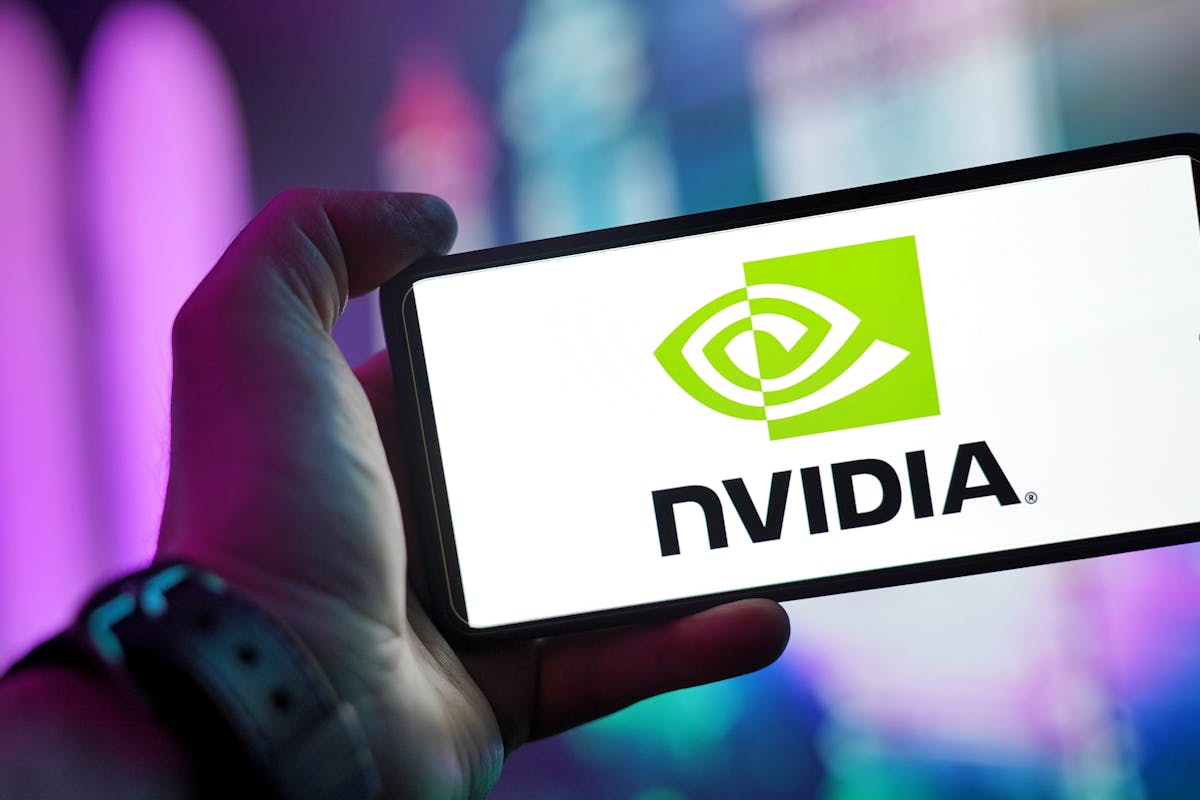Deep Learning: The Next Step in Machine Learning
In our previous blog, “Machine Learning 101: A Beginner’s Handbook,” we laid the groundwork by explaining the fundamental concepts of machine learning. Now, it’s time to take the next step and explore some advanced topics in this fascinating field.
The next step in machine learning is Deep learning. Now, the question arises: What is deep learning?
Deep learning is a subset of machine learning that uses multi-layered neural networks, called deep neural networks. Just like our brain, these neurons are the fundamentals of the deep learning model, which perform all the complex decision-making tasks just like a human brain.
In simple terms, deep learning is a method in artificial intelligence (AI) that teaches computers to process data in a way that is inspired by the human brain.
Is deep learning and Machine learning the same?
Deep learning is a method in which machines think for themselves and perform complex tasks like humans.
Machine learning, on the other hand, is a traditional programming method that requires a lot of raw data to train a model. This increases the chances of bias, as the data is monitored by humans, or the data could be one-sided.
How does a deep learning actually works?
Deep learning utilizes the large datasets available, including images, videos, texts, etc., to build its knowledge and train itself. Deep learning is the part where thousands of neurons work together to perform complex computations, much like the human brain.
Now, let’s understand how a neural network works through this short demo.

Input Layer:
Imagine the input layer as the gateway to our neural network. It receives information from the outside world.
For example, if we’re building an image recognition system, the input layer might take pixel values from an image.
Hidden Layers:
These layers are like the brain of our network. They process the input data.
Each node (or neuron) in the hidden layers performs calculations on the input and passes the result to the next layer.
These calculations involve weights (like the strength of connections between neurons) and activation functions (which determine whether a neuron “fires” or not).
Output Layer:
The output layer produces the final result of our neural network.
Continuing with our image recognition example, the output layer might predict whether the image contains a cat, dog, or something else.
The neurons in the output layer represent different possible outcomes.
Real World Applications of Deep Learning:
- Deep learning has a broader presence than we realize. Autonomous tasks such as self-driving cars, Siri, Google, Alexa, and ChatGPT are all based on deep learning models.
- Computer vision models utilize deep learning for image analysis, learning from the data, and generating the required output.
- Image generation tools are also based on deep learning.
- Voice recognition tools also operate on deep learning principles.








